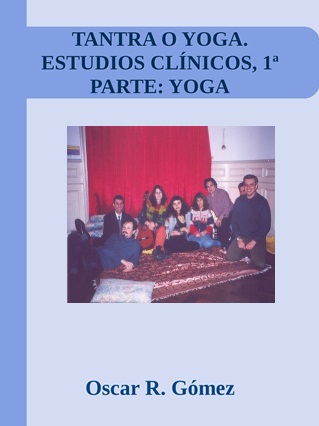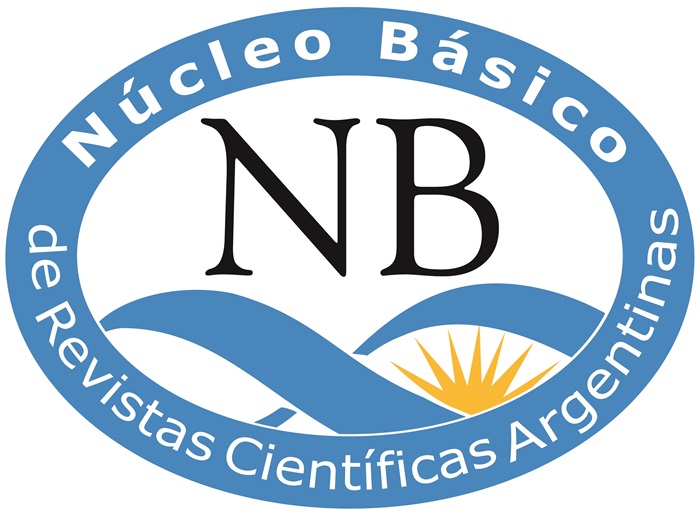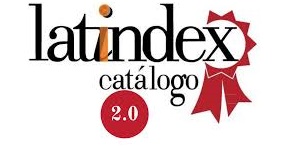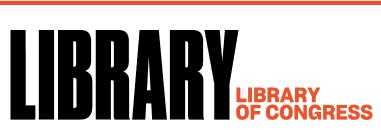Agee J. D., Danoff-Burg S., Grant C. A. (2009) Comparing brief stress management courses in a community sample: mindfulness skills and progressive muscle relaxation. Explore. 2009;5(2):104–109. doi: 10.1016/j.explore.2008.12.004.
Amihai I., Kozhevnikov M. (2014). Arousal vs. Relaxation: A Comparison of the Neurophysiological and Cognitive Correlates of Vajrayana and Theravada Meditative Practices. PLoS ONE, 9(7), e102990. http://doi.org/10.1371/journal.pone.0102990 https://www.ncbi.nlm.nih.gov/pubmed/25051268
Amihai I., Kozhevnikov M. (2015). The Influence of Buddhist Meditation Traditions on the Autonomic System and Attention. BioMed Research International, 2015, 731579. http://doi.org/10.1155/2015/73157
Basu, R. L. (2016). ASPECTOS CIENTÍFICOS Y BENEFICIOSOS DEL CULTO TANTRICO. Revista Científica Arbitrada de la Fundación MenteClara| Tantra, 1(2), 26-49. http://fundacionmenteclara.org.ar/revista/index.php/RCA/article/view/15
Benson H., Rosner B. A., Marzetta B. R., Klemchuk H. P. (1974) Decreased blood pressure in borderline hypertensive subjects who practiced meditation. Journal of Chronic Diseases. 1974;27(3):163–169. doi: 10.1016/0021-9681(74)90083-6.
Bodhi B (2012) The numerical discourses of the Buddha: a translation of the Anguttara Nikaya. Boston, U.S.A.: Wisdom Publications. pp. 1287–1288 (IV.1410).
Buksbazen J. D. (2002) Zen Meditation in Plain English. 1st. Boston, Mass, USA: Wisdom Publications; 2002.
Cahn B. R., Polich J. (2006) Meditation states and traits: EEG, ERP, and neuroimaging studies. Psychological Bulletin. 2006;132(2):180–211.
Chiesa A., Serretti A. (2009) Mindfulness-based stress reduction for stress management in healthy people: a review and meta-analysis. The Journal of Alternative and Complementary Medicine. 2009;15(5):593–600. doi: 10.1089/acm.2008.0495.
Chiesa, A., & Serretti, A. (2010). A systematic review of neurobiological and clinical features of mindfulness meditations. Psychological Medicine, 40(8), 1239-1252. doi:10.1017/S0033291709991747 https://www.ncbi.nlm.nih.gov/pubmed/19941676
Farb N. A. S., Segal Z. V., Mayberg H., et al. (2007) Attending to the present: mindfulness meditation reveals distinct neural modes of self-reference. Social Cognitive and Affective Neuroscience. 2007;2(4):313–322. doi: 10.1093/scan/nsm030.
Garcia-Rizo, C., Fernandez-Egea, E., Oliveira, C., Justicia, A., Parellada, E., Bernardo, M., & Kirkpatrick, B. (2012). Prolactin Concentrations in Newly Diagnosed, Antipsychotic-Naïve Patients with Nonaffective Psychosis. Schizophrenia Research, 134(1), 16–19. http://doi.org/10.1016/j.schres.2011.07.025
Gilpin R. The use of Theravāda Buddhist practices and perspectives in mindfulness-based cognitive therapy. Contemporary Buddhism. 2008;9(2):227–251. doi: 10.1080/14639940802556560.
Grossman P., Niemann L., Schmidt S., Walach H. (2004) Mindfulness-based stress reduction and health benefits: a meta-analysis. Journal of Psychosomatic Research. 2004;57(1):35–43. doi: 10.1016/s0022-3999(03)00573-7.
Gunaratana B. H. (2002) Mindfulness in Plain English. Somerville, Mass, USA: Wisdom Publications
Holmes DS., (1984) Meditation and somatic arousal reduction. American Psychologist. 1984;39:1–10.
Jain S., Shapiro S. L., Swanick S., et al. (2007) A randomized controlled trial of mindfulness meditation versus relaxation training: effects on distress, positive states of mind, rumination, and distraction. Annals of Behavioral Medicine. 2007;33(1):11–21. doi: 10.1207/s15324796abm3301_2.
Jevning, R., R. K. Wallace, and M. Beidebach. (1992) The physiology of meditation: a review. A wakeful hypometabolic integrated response. Neurosci. Biobehav. Rev. 16: 415–424, 1992.
Kutz I., Borysenko J. Z., Benson H. 1985 Meditation and psychotherapy: a rationale for the integration of dynamic psychotherapy, the relaxation response, and mindfulness meditation. The American Journal of Psychiatry. 1985;142(1):1–8. doi: 10.1176/ajp.142.1.1
MacLean, K. A., Ferrer, E., Aichele, S. R., Bridwell, D. A., Zanesco, A. P., Jacobs, T. L., … Saron, C. D. (2010). Intensive Meditation Training Improves Perceptual Discrimination and Sustained Attention. Psychological Science, 21(6), 829–839. http://doi.org/10.1177/0956797610371339 https://www.ncbi.nlm.nih.gov/pmc/articles/PMC3132583/
Petersen S. E., Posner M. I. (2012) The attention system of the human brain: 20 years after. Annual Review of Neuroscience. 2012;35:73–89. doi: 10.1146/annurev-neuro-062111-150525. https://www.ncbi.nlm.nih.gov/pmc/articles/PMC3413263/
Rinpoche T. U. As It Is. Vol. 2. Hong Kong: Ranjung Yeshe Publications; 1999.
Tang, Y.-Y., Lu, Q., Fan, M., Yang, Y., & Posner, M. I. (2012). Mechanisms of white matter changes induced by meditation. Proceedings of the National Academy of Sciences of the United States of America, 109(26), 10570–10574. http://doi.org/10.1073/pnas.1207817109 https://www.ncbi.nlm.nih.gov/pmc/articles/PMC3387117/
Tipitaka: The Pali Canon (2005). Access to Insight. Available: http://www.accesstoinsight.org/tipitaka/Accessed 30 November 2013.
Travis, F. y Shear, J. (2010) "Focused attention, open monitoring and automatic self-transcending: Categories to organize meditations from Vedic, Buddhist and Chinese traditions" Consciousness and Cognition Volume 19, Issue 4, December 2010, Pages 1110-1118 https://doi.org/10.1016/j.concog.2010.01.007
Wallace A (2006) The attention revolution: unlocking the power of the focused mind. Somerville MA, U.S.A.: Wisdom Publications. 224 p.
Wallace, R. K., and H. Benson. (1971) A wakeful hypometabolic physiologic state. Am. J. Physiol. 221: 795–799, 1971.
Wu S. D., Lo P. C. (2008) Inward-attention meditation increases parasympathetic activity: a study based on heart rate variability. Biomedical Research. 2008;29(5):245–250. doi:10.2220/biomedres.29.245. http://www.ncbi.nlm.nih.gov/pubmed/18997439
Young J. D.-E., Taylor E. (1998) Meditation as a voluntary hypometabolic state of biological estivation. News in Physiological Sciences. 1998;13(3):149–153 http://physiologyonline.physiology.org/content/13/3/149.long
Zeidan F, Johnson SK, Diamond BJ, et al. (2010) Mindfulness meditation improves cognition: Evidence of brief mental training. Consciousness and cognition. 2010;19:597–605.
Zeidan F., Martucci K. T., Kraft R., McHaffie J. G., Coghill R. C. (2014) Neural correlates of mindfulness meditation-related anxiety relief. Scandinavica. 2014;9:751–759.



























